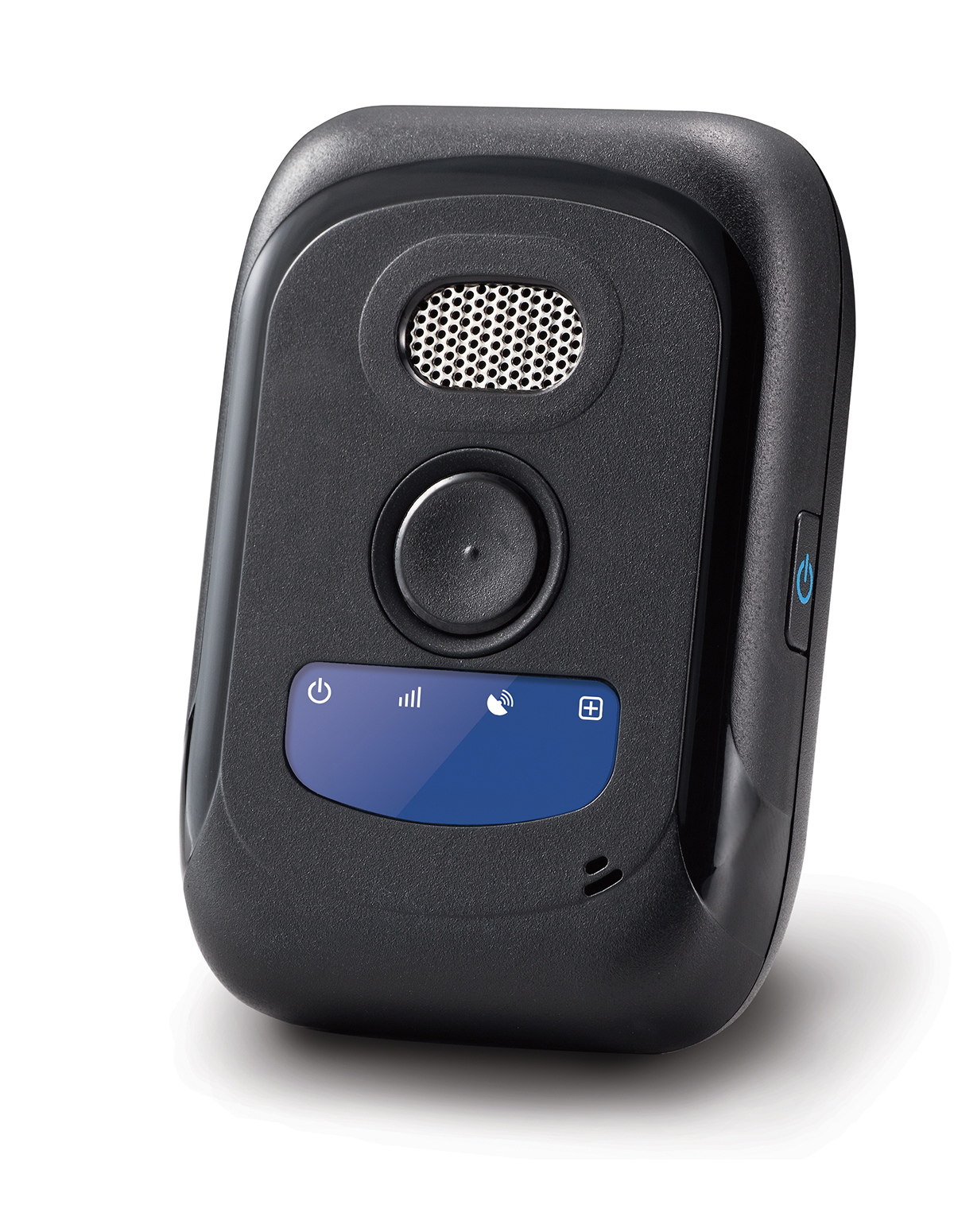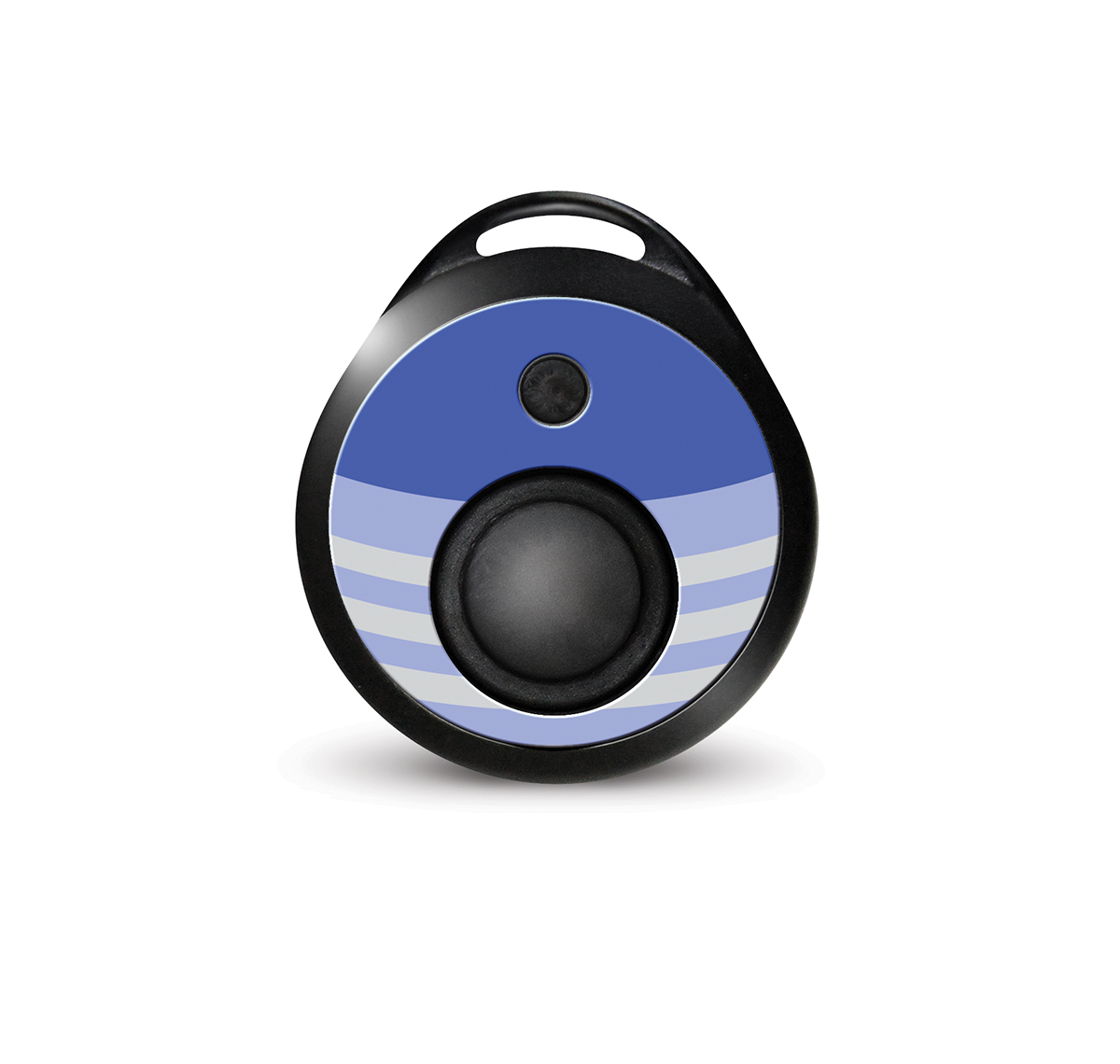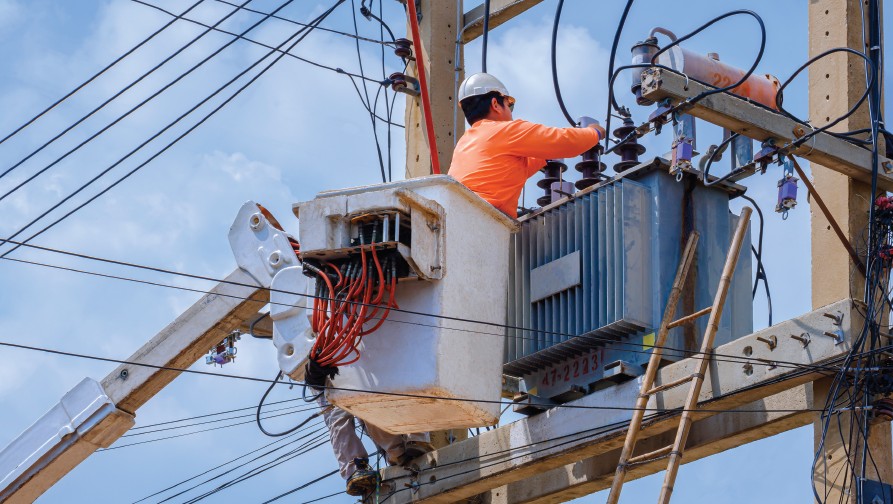Being an electrician or engineer is a dangerous job that not only requires workers to work from small, tight spaces but also makes them prone to electrical burns, falls, and exposure to toxic materials. While electricians and engineers have cell phones on them on the job, as well as having and wearing protective/preventative gear or equipment, it’s not necessarily the most efficient way to keep them safe or provide them tools to react in an emergency.
Depending on the job and what scenario they find themselves in, electricians and engineers may not always have the ability to call 911 in an emergency. Or if they fall or are struck by an object, workers may be unconscious. This common scenario makes it impossible for workers to use a cell phone and reach for help.
According to the Pew Research Center, approximately 95 percent of Americans now own a cell phone of some type, and more than one-third own a smartphone. Although these devices may provide many conveniences to users, in emergencies, their use is limited. Cellular devices require the user to be still conscious or within range of the phone to call for help, making the device unreliable for electricians and engineers and not the most plausible option for ensuring workers stay safe.
But there’s a better solution to providing emergency communication for workers that can be easily carried or worn. The specific devices we are talking about are Mobile Personal Emergency Response Device (mPERS) devices, which can automatically report an incident to emergency services so workers can receive help as soon as possible. mPERS devices, which have been used by seniors for years, are essentially a help button that can be pressed to alert emergency services that a worker needs help. In recent years, these devices have become even more beneficial outside of the senior space because they no longer require a base station device to place calls, which limited their range of use.
mPERS devices are small, portable, and lightweight. They use up-to-date location technology, and some even offer built-in fall advisory capabilities. These devices can detect horizontal and vertical movement and can initiate a call for help to emergency services without the need to even press a button. This is perfect when electricians and engineers may be unresponsive because of an accident or medical emergency, eliminating the need to call for help. The cloud-based technologies found in mPERS devices make it possible for Central Stations to pick up and respond to the need for help as soon as possible. If a worker falls on the job, the device can report it via a text message or red flag in a software system.
The devices can also last much longer on one charge than a normal cell phone, making this another benefit of a mPERS device being used by electricians and engineers. By having less functions, no screen, apps, or texting ability to drain battery, you aren’t constantly on them doing something. They can be turned off, but many also come with a “sleep” mode, where once the SOS button is pressed, the exact location information of the worker is sent to a central reporting station where an emergency call can be placed. There are mPERS devices on the market that can last up to 30 days on a single charge.
The use of mPERS devices can also make it easier to track the number of incidents, where they occur, and the type of accident that occurs. This valuable information can help implement newer safety tactics to avoid repeat accidents for workers and employers.
But not just any mPERS device can satisfy all the needs of all electricians and engineers that will be utilizing this device. Several things should be considered before selecting a device. One of the most important considerations is looking into mPERS devices capable of 5G technology. By the end of this year, all major cell phone networks will fully transition to 5G technology, making out-of-date devices that can only handle 3G or 4G useless. Another consideration is the ability to upgrade an mPERS device down the line if it becomes necessary with new data networks and technologies evolving every day.
Whether it’s a pendant, clipped to the pocket or belt, etc., picking a wearable device (mPERS device) that makes the most sense for electrician’s and engineers’ specific needs is an important part of taking advantage of all of the safety benefits that can potentially help save lives and improve the health of electricians and engineers.
Personal Protective Equipment (PPE) has moved beyond rubber-insulating gloves and sleeves, flame-resistant clothing, hoods, etc. While these are all vital pieces of equipment for electricians and engineers to use, they can’t prevent and protect against everything. mPERS devices are another great addition to electricians’ and engineers’ PPE that doesn’t take up space, is easy to use, and can even work on its own without a user doing anything. Electricians, engineers, and companies should seriously consider employing these devices as a standard across their practice. Instead of being stranded or calling out for help, a worker can receive a connection to emergency services within seconds and prevent a bad situation from worsening with just the push of a button.
















Find Us on Socials